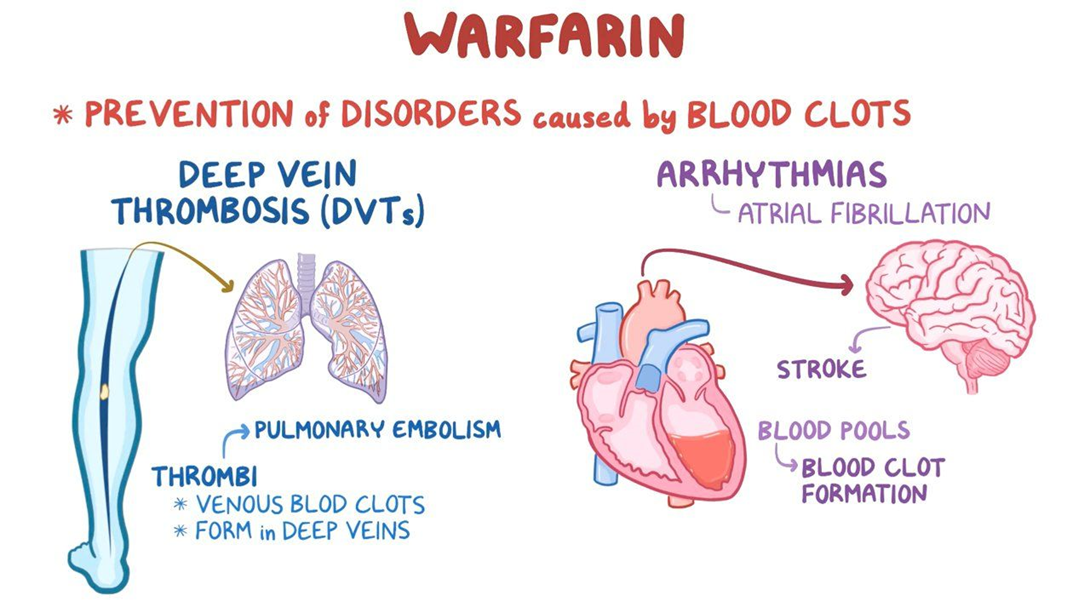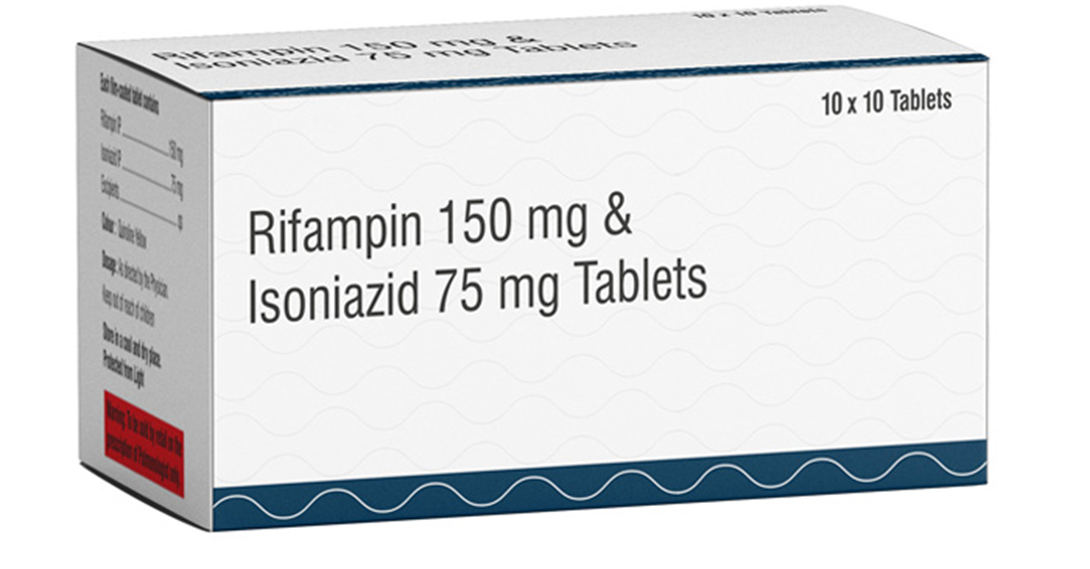A client is being discharged with a prescription for warfarin. Which instruction should the nurse provide this client regarding diet?
Increase the intake of dark green leafy vegetables while taking warfarin.
Eat two servings of dark green leafy vegetables daily and continue for 30 days after warfarin therapy is completed.
Eat approximately the same amount of leafy green vegetables daily so the amount of vitamin K consumed is consistent.
Avoid eating any foods that contain any vitamin K because it is an antagonist of warfarin.
The Correct Answer is C
Choice A reason: Increasing the intake of dark green leafy vegetables while taking warfarin is not a good instruction because it can decrease the effectiveness of warfarin. Dark green leafy vegetables are rich in vitamin K, which is a coagulation factor that counteracts the anticoagulant effect of warfarin.
Choice B reason: Eating two servings of dark green leafy vegetables daily and continuing for 30 days after warfarin therapy is completed is not a good instruction because it can cause bleeding complications. Dark green leafy vegetables are rich in vitamin K, which is a coagulation factor that counteracts the anticoagulant effect of warfarin. Stopping warfarin while continuing to eat high amounts of vitamin K can increase the risk of clot formation and thromboembolism.
Choice C reason: This is the correct answer because eating approximately the same amount of leafy green vegetables daily so the amount of vitamin K consumed is consistent is a good instruction because it can help maintain a stable therapeutic level of warfarin. Dark green leafy vegetables are rich in vitamin K, which is a coagulation factor that counteracts the anticoagulant effect of warfarin. Keeping a consistent intake of vitamin K can help avoid fluctuations in warfarin's effect and prevent bleeding or clotting episodes.

Choice D reason: Avoiding eating any foods that contain any vitamin K because it is an antagonist of warfarin is not a good instruction because it can cause bleeding complications. Dark green leafy vegetables are rich in vitamin K, which is a coagulation factor that counteracts the anticoagulant effect of warfarin. Eliminating vitamin K from the diet can increase the sensitivity to warfarin and cause excessive bleeding and bruising.
Nursing Test Bank
Naxlex Comprehensive Predictor Exams
Related Questions
Correct Answer is C
Explanation
Choice C reason: vitamin K can interfere with the anticoagulant effect of warfarin and increase the risk of clotting. The client should maintain a consistent intake of vitamin K from food sources, such as dark green leafy vegetables, to avoid fluctuations in the blood levels of warfarin.
Choice A reason: increasing the intake of dark green leafy vegetables while taking warfarin can decrease the effectiveness of warfarin and increase the risk of clotting.
Choice B reason: eating two servings of dark green leafy vegetables daily and continuing for 30 days after warfarin therapy is completed can cause unpredictable changes in the blood levels of warfarin and increase the risk of bleeding or clotting.
Choice D reason: avoiding any foods that contain any vitamin K while taking warfarin can increase the sensitivity to warfarin and increase the risk of bleeding.
Correct Answer is D
Explanation
Choice A reason: Increasing oxygen to 6 liters/minute is not an intervention that the nurse should implement, as this can worsen the bronchospasm and hypoxia by reducing the hypoxic drive and causing carbon dioxide retention. This is a contraindicated choice.
Choice B reason: Calling for an Ambu resuscitation bag is not an intervention that the nurse should implement, as this is not indicated for a client who is conscious and breathing spontaneously. This is an overreaction choice.
Choice C reason: Instructing the client to lie back in bed is not an intervention that the nurse should implement, as this can increase respiratory distress and compromise airway clearance by reducing lung expansion and increasing abdominal pressure. This is another contraindicated choice.
Choice D reason: Administering a nebulizer treatment is an intervention that the nurse should implement, as this can deliver bronchodilators and anti-inflammatory agents directly to the airways and improve ventilation and oxygenation for this client. Therefore, this is the correct choice.

Whether you are a student looking to ace your exams or a practicing nurse seeking to enhance your expertise , our nursing education contents will empower you with the confidence and competence to make a difference in the lives of patients and become a respected leader in the healthcare field.
Visit Naxlex, invest in your future and unlock endless possibilities with our unparalleled nursing education contents today
Report Wrong Answer on the Current Question
Do you disagree with the answer? If yes, what is your expected answer? Explain.
Kindly be descriptive with the issue you are facing.
